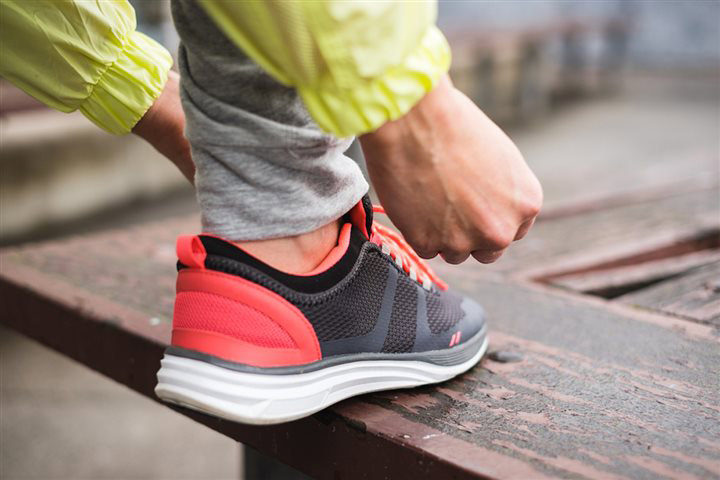A diabetes diagnosis can be daunting, but a simple attitude adjustment can make a world of difference in how well you fare while living with the disease.
By proactively taking steps to monitor key health indicators, experts agree that it’s possible to prevent some of the most severe risks of diabetes, including lower limb amputation.
People ages 20 and older who are living with diabetes account for about 60 percent of non-traumatic lower-limb amputations, according to the Centers for Disease Control and Prevention’s 2014 National Diabetes Statistics Report.
“The CDC says the occurrence of diabetes-related foot and lower-leg amputation has decreased by 65 percent since 1996,” says American Podiatric Medical Association (APMA) President Dr. Frank Spinosa. “Working together, podiatrists and their patients with diabetes can reduce the number of amputations even more.
People with diabetes may be less aware of cuts or wounds on their feet due to the nerve damage related to their disease, Spinosa points out. “Regular and vigilant foot care can help catch problems before they develop into a health crisis.”
The APMA Foot Protection Recommendation
The APMA offers advice to help people with diabetes protect their foot health:
- Inspect your feet daily. Check the entire foot and all 10 toes for cuts, bruises, sores, or changes to the toenails, such as thickening or discoloration. Treat wounds immediately and see your podiatrist if a problem persists or an infection is apparent.
- Exercise by walking, which can help you maintain a healthy weight and improve circulation. Be sure to wear appropriate athletic shoes appropriate for the type of exercise you’re doing.
- When you buy new shoes, have them properly measured and fitted. Foot size and shape can change over time, and ill-fitting shoes are a leading cause of foot pain and lesions. Certain types of shoes, socks, and custom orthotics are available for people with diabetes. They may be covered under Medicare. You can find a list of podiatrist-approved footwear and products for people with diabetes on the APMA website.
- Keep your feet covered and never go barefoot even at home. The risk of cuts and infection is too great.
- See a podiatrist to remove calluses, corns, or warts. Don’t tackle them yourself and don’t ask an unlicensed non-professional to do it. Over-the-counter products can burn your skin and injure your foot. Podiatrists are specially trained to address all aspects of foot health for people with diabetes.
- Get checkups twice a year. An exam by your podiatrist is the best way to ensure your feet stay healthy.
“For people with diabetes, taking charge of your own foot health can help you avoid foot-related complications like amputation,” Spinosa says. “Work with today’s podiatrist to help you safeguard your foot health.”
To learn more about foot care for people with diabetes or to find a podiatrist, visit www.apma.org.
Read Also: 5 SIGNS INDICATING THE NEED FOR CAREGIVER SERVICES






